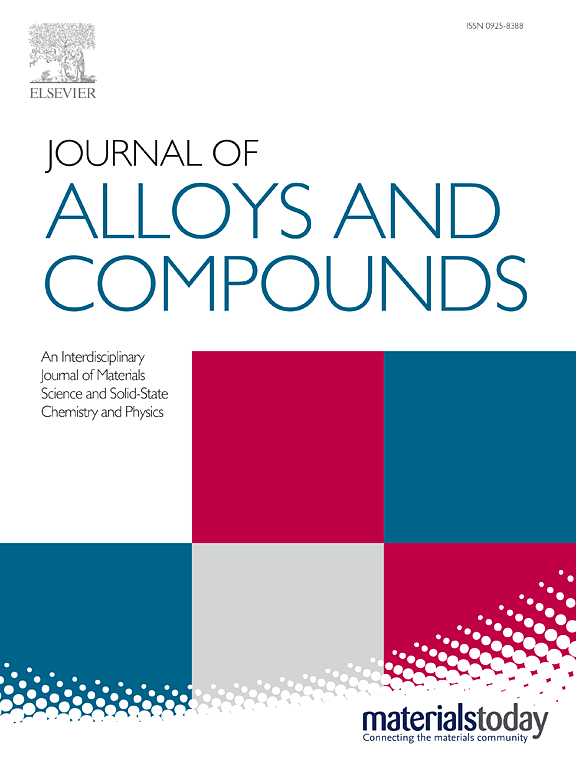Novel SnO2/ZnO gas-sensitive materials for high formaldehyde selectivity constructed by way of doping Sn into ZIF-8
IF 5.8
2区 材料科学
Q2 CHEMISTRY, PHYSICAL
引用次数: 0
Abstract
Formaldehyde sensors represent an effective technology for real-time, online monitoring of formaldehyde concentrations. The selectivity of gas-sensitive materials for formaldehyde is a fundamental determinant of sensor performance and is crucial for the development of formaldehyde sensing technology. In this work, Sn-doped Zn-MOFs were employed to fabricate SnO2/ZnO micro-nano materials, and their selective response behaviors to formaldehyde were systematically explored. The results demonstrate that 5% SnO2/ZnO, prepared with 5% Sn doping, exhibits exceptional selectivity for formaldehyde. Under testing conditions of 170 °C and relative humidity below 60%, the 5% SnO2/ZnO sensor achieved a selectivity coefficient of 0.87 toward 50 ppm formaldehyde, with a response value of 72.8, response and recovery times of 81/30 seconds, a linear regression coefficient of 0.9997, and a minimum detection limit of 0.047 ppm. Moreover, the 5% SnO2/ZnO sensor demonstrates excellent selectivity, anti-interference capability, and stability for formaldehyde detection. The enhanced formaldehyde selectivity is attributed to the high specific surface area, abundant pore structure, abundant oxygen vacancies, and n–n heterojunctions present in the 5% SnO2/ZnO composite.通过在ZIF-8中掺杂锡,构建了具有高甲醛选择性的新型SnO2/ZnO气敏材料
甲醛传感器是一种实时、在线监测甲醛浓度的有效技术。气敏材料对甲醛的选择性是传感器性能的基本决定因素,对甲醛传感技术的发展至关重要。本文采用掺锡zn - mof制备SnO2/ZnO微纳材料,系统地研究了其对甲醛的选择性响应行为。结果表明,以5% Sn掺杂制备的5% SnO2/ZnO对甲醛具有优异的选择性。在170℃、相对湿度低于60%的测试条件下,5% SnO2/ZnO传感器对50 ppm甲醛的选择性系数为0.87,响应值为72.8,响应和恢复时间为81/30秒,线性回归系数为0.9997,最小检出限为0.047 ppm。此外,5% SnO2/ZnO传感器对甲醛检测具有良好的选择性、抗干扰能力和稳定性。5% SnO2/ZnO复合材料具有较高的比表面积、丰富的孔隙结构、丰富的氧空位和n-n异质结,从而提高了甲醛选择性。
本文章由计算机程序翻译,如有差异,请以英文原文为准。
求助全文
约1分钟内获得全文
求助全文
来源期刊

Journal of Alloys and Compounds
工程技术-材料科学:综合
CiteScore
11.10
自引率
14.50%
发文量
5146
审稿时长
67 days
期刊介绍:
The Journal of Alloys and Compounds is intended to serve as an international medium for the publication of work on solid materials comprising compounds as well as alloys. Its great strength lies in the diversity of discipline which it encompasses, drawing together results from materials science, solid-state chemistry and physics.
 求助内容:
求助内容: 应助结果提醒方式:
应助结果提醒方式:


